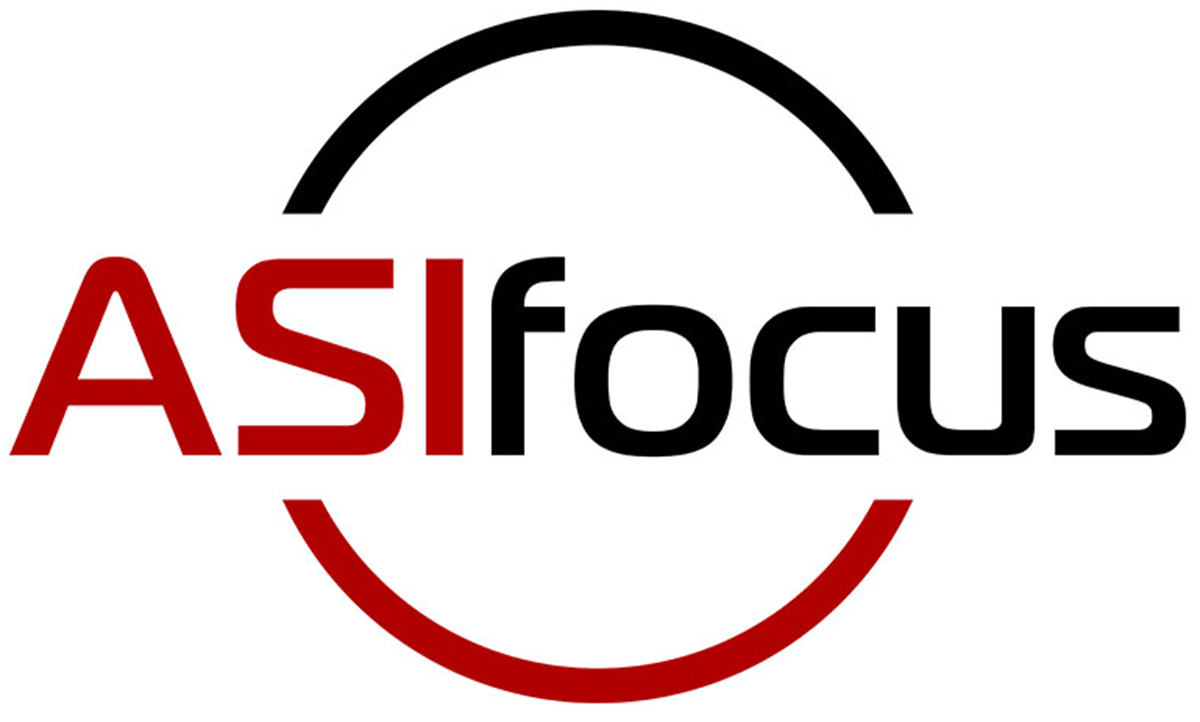For as long as 2020 seems to have dragged out with shelter in place orders, cancelled events, quarantine, and more, we’re still closing in on the end of the year which for many businesses means that it’s time to start thinking about year-end close.
Why start thinking about year-end close in October when there’s still several months left in the year? It’s true that many accounting teams will wait until the end of December to start prep for year-end close. Then suddenly there’s a mad dash to review information, contact vendors to verify information, and close the books. Taking a few steps now can set you up for a smoother, less stressful year-end close.
Common Problems Year-End Uncovers
Whether your fiscal year closes in conjunction with the calendar year or follows a different schedule, there’s still information to gather for income tax reporting and other financials. If you do close your fiscal year on December 31, there’s a lot to accomplish all at once, and issues will only slow down the process. Some of the most familiar issues finance teams will encounter include:
- Outdated or inaccurate financial data
- Errors that should have been uncovered during month-end or quarter-end close, but were not discovered until now
- Communication breakdown between departments
Correcting Outdated or Inaccurate Financial Data
Keeping information accurate and clean seems like it should be easy with an ERP solution. It can be, but it takes proper management from those inputting the data. Ensuring that financial data is not outdated or inaccurate can start with marking inactive accounts.
Whether they’re customers, vendors, or even items, leaving inactive accounts unmarked can negatively—and quickly—impact your data accuracy. Marking a customer, vendor, or product that you no longer work with or sell as “inactive” removes them from showing up in daily accounting tasks but saves the records for historical purposes. It’s important NOT to delete an account unless it was created by mistake. Deleting an account that was inactive this year but used last year will render historical data incorrect.
Fixing Errors Before They’re a Problem
Month-end and quarter-end close processes throughout the year should identify issues and errors early on, making year-end smoother, even if it is still a lot of work. But things can easily slip through the cracks of companies who keep close processes in “institutional memory”—more commonly known as “the way it’s always been done”—instead of documented standard operating procedures (SOPs).
Setting SOPs for financial close helps track progress and establish clear benchmarks. With clearly documented steps to follow, financial teams and leadership gain real-time insight into the process, giving them the ability to establish where tasks are bottlenecking, as well as how long each task takes, and the dependencies involved. Having this information documented will also come in handy if you choose to automate some or all of your close process.
Repair Communication Breakdown
Completing the close process by following “the way it’s always been done” also contributes to teams and departments across the business forming data silos that prevent the sharing of relevant data with those who need it most. Data silos minimize the opportunity to cross-check data for accuracy, which could result in errors popping up that you’ll need to address later on when it’s more difficult to correct.
Building an integrated business planning approach that aligns strategy, operations, and finance by connecting planning functions will help break these silos down. Your ERP can also help facilitate appropriate data sharing, as each department likely generates massive amounts of data that may or may not be relevant or helpful to the close process. Here, technology can ensure that relevant data is shared appropriately, laying the foundation for a more collaborative process.
Prepare and Plan With ASI
No matter how smoothly your year-end process goes (or doesn’t go), getting started now on preparatory tasks can make the final process even smoother this year. Plan ahead with data updates to your ERP, making sure the right people have access to the right data, and sticking to your plans. If you haven’t automated processes yet, keep an eye on your SOPs to uncover bottlenecks and task dependencies so you can begin automation for closing 2021.
And finally, if it’s time to look for a new ERP or beef up the one you have to make data collection and year-end processes even easier, the software experts at ASI are ready to talk technology. ASI boasts authorized partnerships with both Acumatica and Sage ERPs and can help you find the business software solutions that will meet your needs.
Ready to get started? Get a free accounting and ERP software consultation now.

